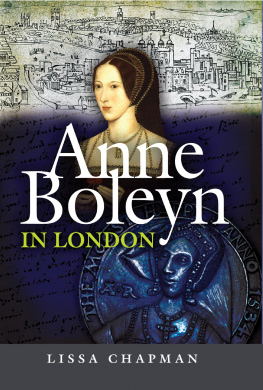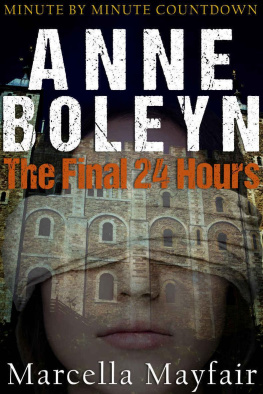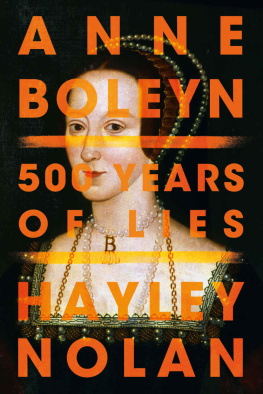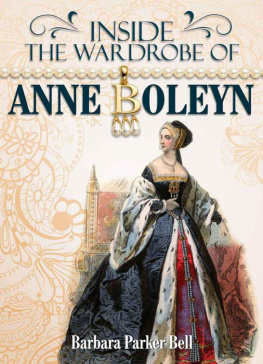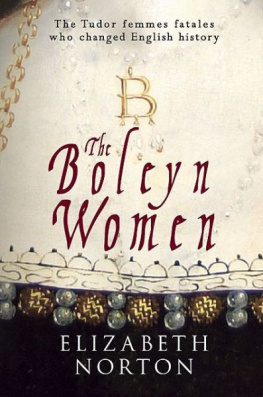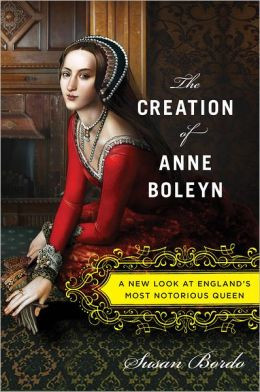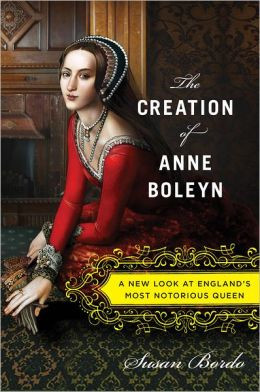
Anne Boleyn in London
Anne Boleyn in London
Lissa Chapman
First published in Great Britain in 2017 by
Pen & Sword History
an imprint of
Pen & Sword Books Ltd
47 Church Street
Barnsley
South Yorkshire
S70 2AS
Copyright Lissa Chapman 2017
ISBN 978 1 47384 361 5
eISBN 978 1 47384 622 7
Mobi ISBN 978 1 47384 623 4
The right of Lissa Chapman to be identified as the Author of this Work has been asserted by her in accordance with the Copyright, Designs and Patents Act 1988.
A CIP catalogue record for this book is available from the British Library
All rights reserved. No part of this book may be reproduced or transmitted in any form or by any means, electronic or mechanical including photocopying, recording or by any information storage and retrieval system, without permission from the Publisher in writing.
Pen & Sword Books Ltd incorporates the imprints of Pen & Sword Archaeology, Atlas, Aviation, Battleground, Discovery, Family History, History, Maritime, Military, Naval, Politics, Railways, Select, Transport, True Crime, and Fiction, Frontline Books, Leo Cooper, Praetorian Press, Seaforth Publishing and Wharncliffe.
For a complete list of Pen & Sword titles please contact
PEN & SWORD BOOKS LIMITED
47 Church Street, Barnsley, South Yorkshire, S70 2AS, England
E-mail:
Website: www.pen-and-sword.co.uk
Chapter 1
A Walk Through London: 1522
T he London Anne Boleyn returned to as a young woman would be virtually unrecognisable to a visitor from the twenty-first century. Not even the River Thames looked the same it was wider in those days before the Embankment, shallower and crossed by only one bridge. The Tower of London was there, in a neighbourhood of warehouses, the moat full of water and the area within the walls full of unfamiliar buildings, with Tower Hill a more obvious landmark than it is today. The Tower would probably do, however, to help the time traveller to find her way. And it would soon be obvious that Tudor London was tiny in comparison to what it has become. Estimates vary as to how many people lived there in the 1520s perhaps 70,000. There were, as yet, no census returns: even parish registers were not to be required until the 1530s. There was some development to the south of the river at Southwark, to the east in Stepney and Bethnal Green, and to the north in Clerkenwell. Kensington and Islington, however, were still rural villages. Hackney, a 3-mile walk away and a favoured country retreat, was famous for its market gardens, excellent turnips and healthy air. There was a farm at Tottenham Court, and marshes around the Tyburn and Westbourne streams, by then getting silted up and fetid because so much water was being diverted to London for its civilians to drink. Knightsbridge was best avoided, as it was a hotspot for footpads, and at Mayfair there were only a few cottages to mark a place that came alive on its market days. London would have seemed not only small, but probably provincial to someone who was used to Paris, which at that time was the largest city in the world, with a population of perhaps 300,000.
The river was not only wider and shallower, but smellier, as it served as the capitals main sewer. It was also busy to the point of congestion, as it was the main transport route. Rich Londoners had their own barges; the rest made do with calling a waterman the Tudor version of a black cab. The bridge was about 30 metres from the present-day London Bridge the north end of it is marked by a plaque near the church of St Magnus the Martyr. It had been rebuilt after the murder of Thomas a Becket, and by the 1520s it was crowded with up to 200 shops, private houses and warehouses, which virtually joined together overhead, leaving a space only about 12 feet wide for people, carts and animals to find their way through. The roof of the gatehouse at the southern end of the bridge featured spikes topped with the tarred and boiled heads of traitors a macabre welcome to visitors. Rivers long culverted in the present day still flowed, trickled or meandered their way into the Thames. The bridge also made the navigation of the river highly dangerous, as the buttress supports took up five sixths of the width of the river, leaving the water to rush ferociously through the gaps. At some stages of the tide the levels of the water would be up to 6 feet higher on one side than on the other. Prudent travellers would disembark to leave the boatman to find his way through, and get back on board once he had done so.
Once in the city, the street layout was very similar to that of the twenty-first century. However, the streets themselves, cobbled at best, were more often surfaced simply with trodden earth, muddy, icy or dusty according to weather and season. Gravel would be put down in preparation for important events. The streets were mostly narrow and dark, as the wooden-framed houses had upper storeys that projected over the lower ones, meaning that there was little space between the top floors. There were also dozens of house signs over pedestrians head these, resembling modern pub signs, were used to identify locations in the days before street numbering. An address might be, for example At the sign of the Lock, near St Marys Church in Bow Lane. No sensible citizen would venture out unaccompanied at night people of high status would have their own servants to go with them. Shops had wooden shutters that were raised so that goods could be displayed in opening hours; most shopkeepers lived on the premises, giving over the front room to trade, the back premises as a kitchen or as a workshop, and the rooms above to domestic life. At ground-floor level, windows were placed high up and, at the front of the house, usually kept shuttered. Doors had stout locks and bolts and, very often, a security grille so the people inside could inspect their potential visitor before committing themselves by opening the door. No one expected city streets to be safe.
Inside, even the houses of the prosperous were dark and sparsely furnished. The darkness was because windows were small. Glass was expensive, thick and did not let all the light through. Inside the rooms, most finishes were wooden but it was only the Victorians who decided the past was brown. The Tudors liked bright colours, and so the panelling that lined many walls was generally painted, and the tapestries fashionable among those who could afford them were usually in bright colours, as were the painted cloths of the less affluent. Floors on the ground level of poorer houses were still often of rammed earth, covered with rushes. The better off had floorboards. Those few who could afford carpets usually used them as table coverings Cardinal Wolsey had just negotiated the import of sixty Damascene carpets via Venice, and seems to have been the first person in England to use them to walk on. For most, furniture was sturdy, simple and largely made of oak. The main room of a middleclass house might contain a table, a couple of benches, perhaps a chair or two for the master and mistress of the house, a few jointed stools and a cupboard for the households silver or best pewter. A bedroom would contain little more than beds (few people slept alone) and clothes chests. Only the main rooms would have a fireplace, fuelled with wood or the more expensive sea coal.
Some privileged households had piped water. This was available in limited areas from private water companies, including one enterprise that pumped water from a chalybeate spring in Hackney, to Aldgate. But most people had to make do with pumps, wells, and the conduits that were set up in many London streets including Cheapside and Fleet Street. It is easy to understand why few people drank water which was known to be a source of illness, but which was needed for washing. Although bathrooms only existed in Royal palaces, the same was not true of baths, which were generally slipper shaped, wooden and lined with sheets before use. They had to be filled by hand with water, drawn and then heated over the fire. The dirty water was then removed and disposed of having a bath was onerous and time consuming. This does not mean, however, that Londoners did not make great efforts to keep clean, but usually washed themselves from a hand basin (there are many recipes for homemade soap and scented washes). The same applied to washing clothes, in particular the linen shirts and smocks that men and women almost universally wore next to the skin. Those who could afford to, would change these very frequently.
Next page
